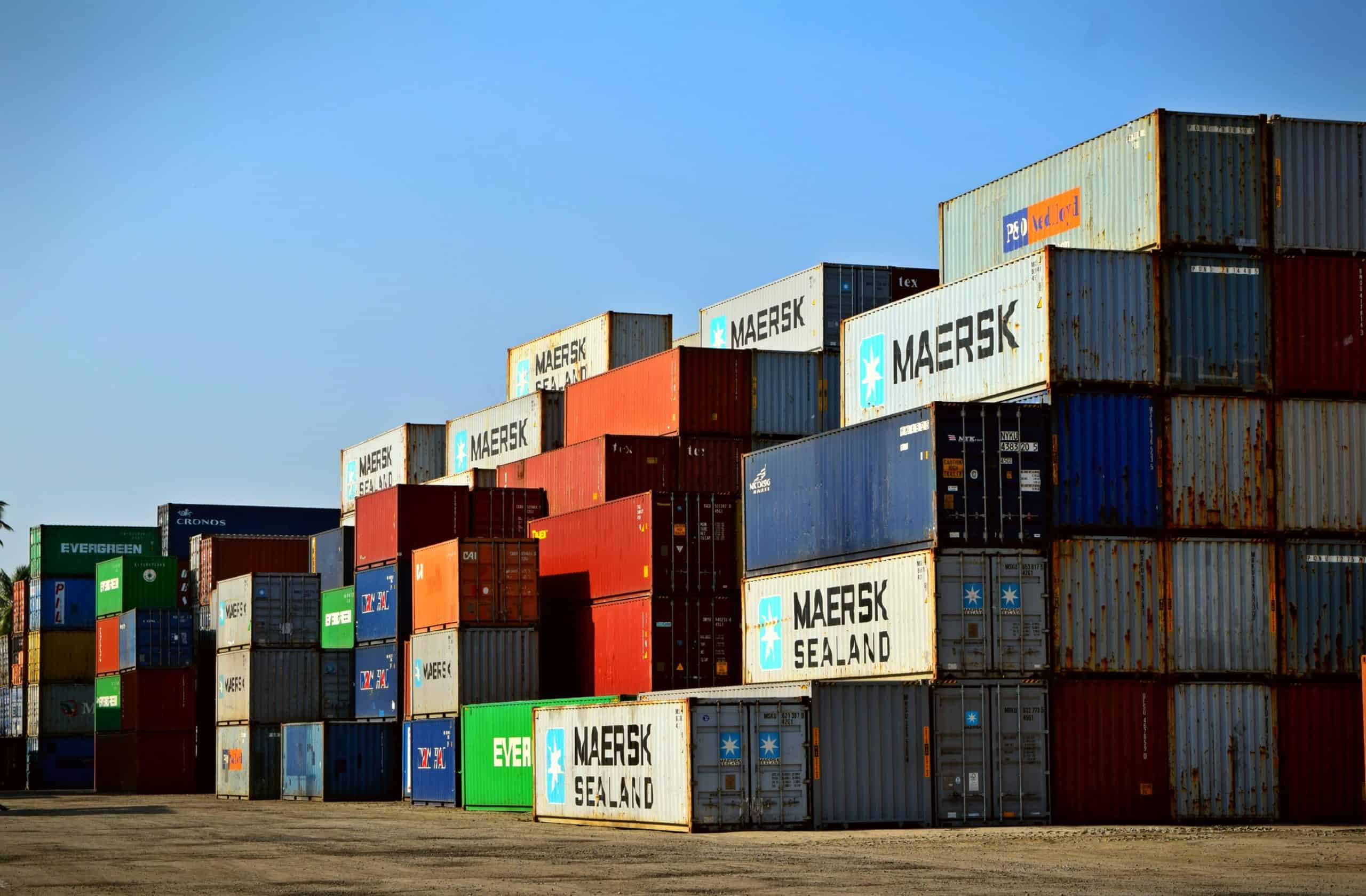In the dynamic world of logistics, optimizing effectiveness and reducing charges are critical aims for companies. One of the most optimistic advancements in this field is the implementation of large action models. These models leverage vast amounts of data and smart algorithms to improve decision-making proceedings and simplify operations. For a deeper understanding of what large action models are and how they work, refer to https://www.trinetix.com/insights/what-are-large-action-models-and-how-do-they-work and to this perceptive article below. This article explores the significance of large action models in logistics, their applications, and the benefits they offer.

Understanding Large Action Models
What Are Large Action Models?
Large action models are progressive computational systems aimed to process and analyze wide datasets to make solid conclusions in real-time. These models apply engine learning, artificial intelligence (AI), and big data analytics to forecast issues, optimize procedures, and enhance general productivity. In logistics, large action models play a key role in managing complex supply chain operations, from stock control to transportation planning.
How Do Large Action Models Work?
Large action models work by assimilating data from varied sources, similar to detectors, transactional records, and accidental databases. This data is then processed operating late algorithms that can distinguish patterns, forecast coming happenings, and suggest optimal actions. The ability to analyze large volumes of data in real-time allows companies to react briskly to remaking conditions and form forward conclusions.
Applications of Large Action Models in Logistics
Predictive Analytics for Demand Forecasting
One of the immediate usages of large action models in logistics is predictive analytics for demand forecasting. By analyzing historical trades data, market tendencies, and external factors, these models can literally forecast the coming demand for things. This helps businesses save optimal stock ranks, reducing the threat of stockouts or overstock situations. improved demand forecasting leads to better resource allocation and refined client pleasure.
Route Optimization for Transportation
Transportation is a critical factor of logistics, and optimizing ways can significantly reduce expenses and delivery times. Large action models analyze trade patterns, weather conditions, and different variables to determine the most effective roads for delivery trucks. This not only minimizes fuel consumption but also ensures punctual deliveries, enhancing the overall effectiveness of the supply chain.
Warehouse Management and Inventory Control
Productive warehouse operation is necessary for a streamlined supply chain. Large action models support in optimizing warehouse operations by analyzing data related to inventory ranks, order processing times, and storehouse capacities. These models can suggest the best practices for stock placement, gathering, and filling, assuring that warehouses work at peak productiveness.
Real-Time Monitoring and Risk Management
The ability to monitor supply chain operations in real-time is a meaningful advantage of large action models. These models give real-time visibility into varied sides of the supply chain, similar as inventory positions, package status, and transportation conditions. This visibility allows companies to distinguish possible threats and take forward shifts to ease them, assuring a smooth and safe supply chain.
Benefits of Implementing Large Action Models
Cost Reduction
One of the most significant benefits of large action models is cost reduction. By optimizing varied angles of the supply chain, from stock control to transportation planning, these models help firms degrade operational charges. Enhanced productiveness translates to lower fuel consumption, reduced labor expenses, and minimized waste, all of which contribute to a healthier low range.
Enhanced Decision-Making
Large action models provide valuable insights that enhance decision-making processes. The competence to analyze vast amounts of data and forecast coming consequences enables companies to make valid decisions that drive growth and productiveness. Whether it’s adapting stock positions based on prognosticate demand or rerouting delivery exchanges to avoid traffic jams, these models warrant businesses to make smart, data- driven conclusions.
Improved Customer Satisfaction
In the competitive world of logistics, client pleasure is ultimate. Large action models aid businesses deliver productions on time, keep up proper inventory ranks, and react fast to changing client demands. By assuring that things are accessible when and where clients need them, companies can improve client delight and faith.
Scalability and Flexibility
Large action models are broadly scalable and can shape to the modifying requirements of a business. As companies grow and expand their missions, these models can manage extended data volumes and difficulty. This scalability ensures that companies can continue to optimize their supply chain operations anyway of their size or range.

The Future of Large Action Models in Logistics
Integration with Emerging Technologies
TThe future of large action models in logistics is hopeful, with proceeding advancements in technology. The integration of these models with coming up technologies similar to the Internet of Things (IoT), blockchain, and 5G connectivity will further improve their qualifications. IoT devices, for instance, can hand real- time data on the condition and point of goods, while blockchain can assure clearness and security in supply chain trades.
Enhanced Predictive Capabilities
As AI and machine learning algorithms continue to evolve, the predictive capabilities of large action models will become even more accurate and sophisticated. This will enable businesses to anticipate disruptions, optimize resource allocation, and respond proactively to changing market conditions.
Sustainable Logistics
Sustainability is becoming a critical focus in logistics, and large action models can play a crucial role in promoting environmentally friendly practices. By optimizing routes, reducing fuel consumption, and minimizing waste, these models can help businesses achieve their sustainability goals while maintaining operational efficiency.
Conclusion
Large action models are revolutionizing the logistics industry by leveraging advanced data analytics to optimize supply chain operations. From predictive analytics for demand forecasting to real-time monitoring and risk management, these models offer numerous benefits that enhance efficiency, reduce costs, and improve customer satisfaction. As technology continues to advance, the capabilities of large action models will only grow, providing businesses with even greater opportunities to streamline their supply chains and stay competitive in the dynamic market landscape. Embracing large action models is a strategic move that can drive significant improvements in logistics and set the stage for a more efficient and sustainable future.